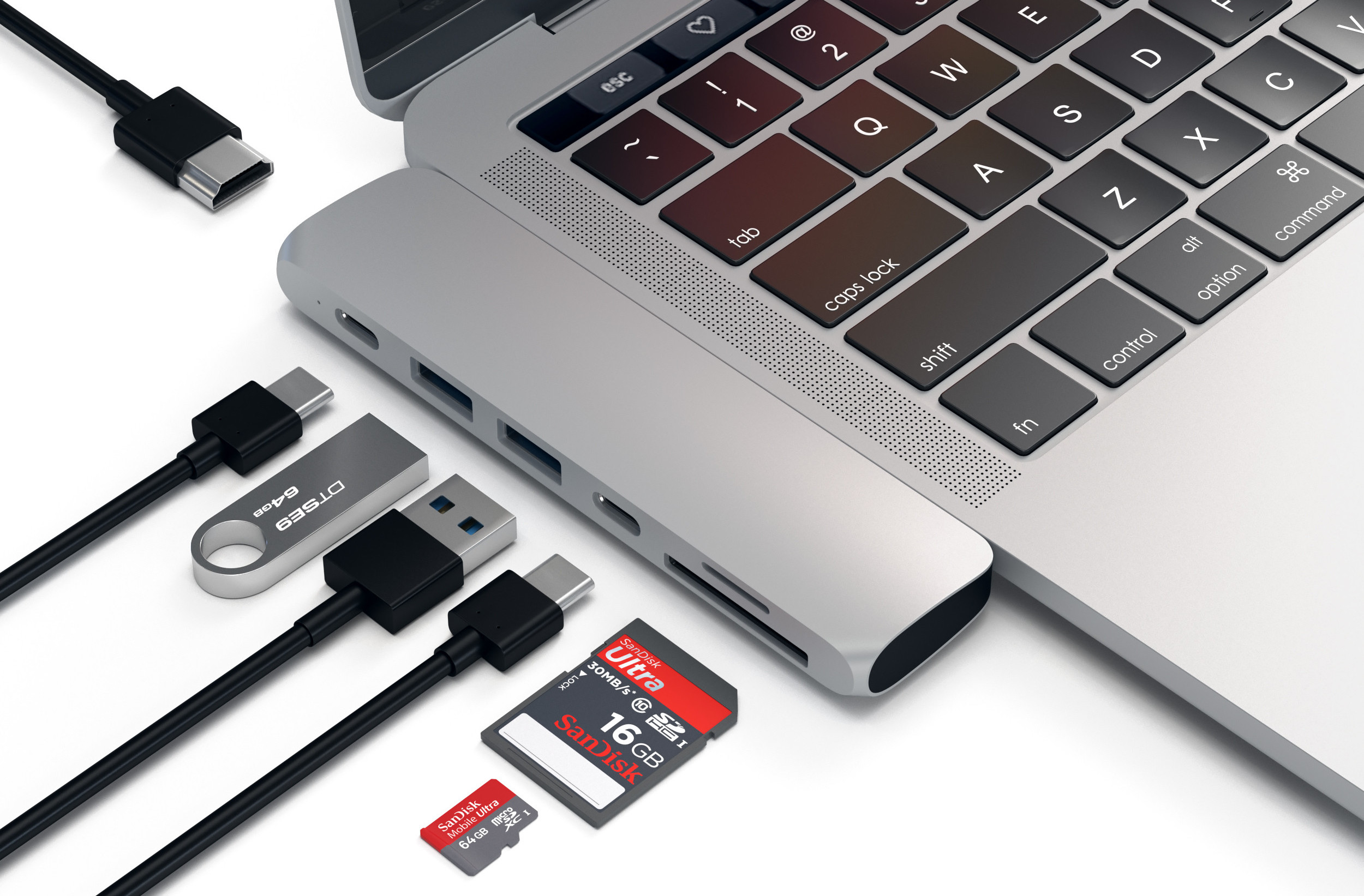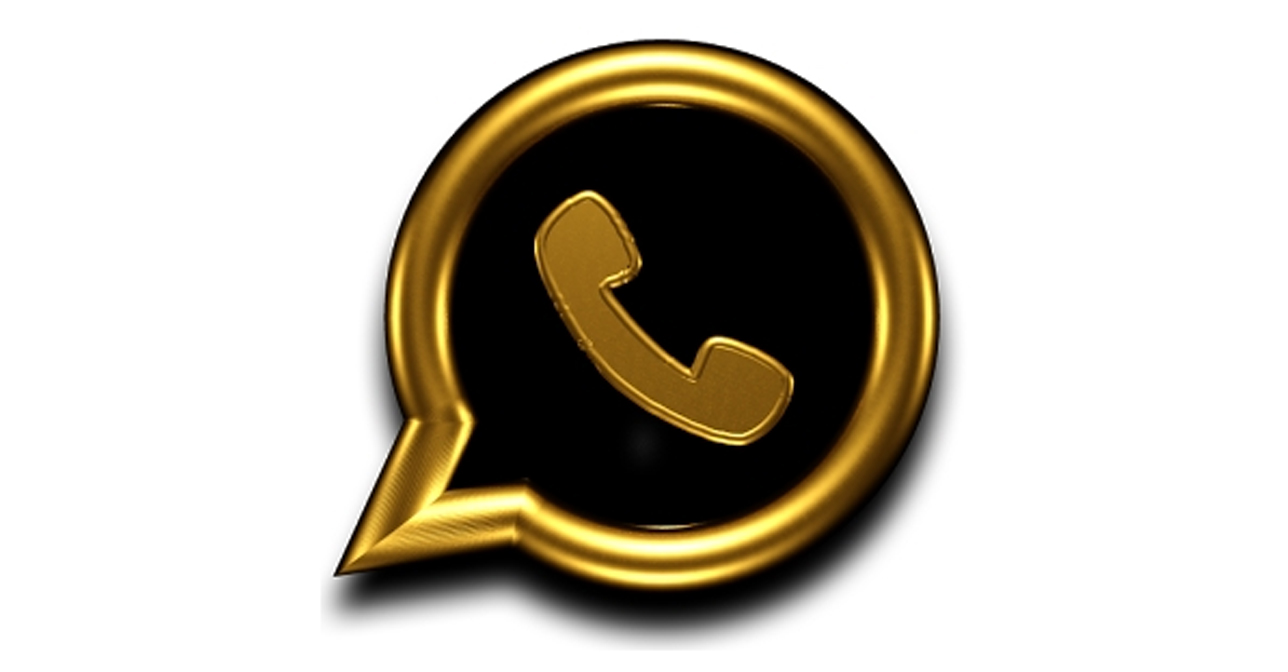Keeping Your Computer Secure – What can be done?
In recent times, keeping your computer systems secure especially once they have access to the internet has become not only very important aspect of data and personal protection but also rather a challenge. Multiple forms of malware that target computer systems now exist. These malwares are being designed everyday by expert malware writers. Unlike twenty years ago, computers and smartphones now form a very important part of our everyday lives. With this increase in the use of computers the need for computer safety cannot be over emphasised. There are numerous ways to protect your computer from malware and keep your computer safe both online and offline. Here are some of the things you should do to stay safe.
- Don’t Visit Obscure Porn Sites (Or any other dodgy site)
While this might appear really weird, there are very many sites out there laced with all forms of worms with the intention to infect your computer with a virus. Some sites are deliberately out there to get you. Majority of the ransomware infected systems I analysed in 2016 had their source of infection from really dodgy and obscure porn sites. Do yourself a favour, don’t visit porn sites that are not popularly known.
- Install a Firewall
A firewall acts as a security guard. It is a bit of software or hardware that sits between your computer and the internet and allows certain types of data to cross. In ordinary terms, we can say a firewall allows the free flow of the good stuff and keeps the bad stuff from entering our systems. A firewall is usually the first step to provide security to the computer system. It creates a barrier between the computer and any unauthorized program trying to come in through the internet. If you are using a home system, permanently turn on your firewall. It makes you aware if there are any unauthorized efforts to use your system. If you are connecting to the internet via a router, you already have a hardware firewall. Windows operating system comes with a “Windows Firewall”, the MAC OS X also has an integrated firewall. For Linux users, there are many decent firewalls available that can be considered. If you don’t need your files to be visible to other systems, you might as well just disable file and media sharing altogether.
- Install Antivirus Software
Installing an antivirus software is one other major way to protect your computer. An antivirus is a software that helps to protect your computer from unauthorized software they may create a threat to the system. These may include viruses, key loggers, Trojans, etc. While they may slow down your computer a little bit, it is a pill worth swallowing as opposed to being infected by a virus. More interesting is that if you use a Windows 8 and above, you do not need to pay any money to install an antivirus since it comes as a part of the security essentials. Just make sure you turn on windows defender and keep it up to date. Mac users are not exempt from this. I personally use and recommend Sophos but ClamXav is also a good anti-virus software for Mac OS . Finally, your antivirus software has to be kept updated as regularly as possible. Antiviruses do not only block viruses but also all forms of malware.
- Use Secure and Hard Passwords
Ordinarily, this is the first line of defence in maintaining your computer security. Have a strong and complex password. It is advisable to use a password with at least 8 characters and includes a combination of numbers, letters that are both upper case and lower case and a special character (example JohnDoe1884@7). Also, it is very advisable not to use the same password for all your access controls. Don’t have all your accounts with the same password. I would recommend using a password manager such as Last Pass or Key Chain. This manages all your passwords securely so you never have to type it on your computer or store them anywhere insecurely. They also act as password generators so you can effectively have a different strong complicated password for each site you visit.
- Install that Update!
Although this could be really annoying most of the time, but ensure you check your computer for updates and install them as soon as possible. Both Microsoft and Apple roll out updates regularly to their operating systems. These can be important security patches and you may be compromised if you don’t get them. A good example is the WannaCry ransomware that just happened recently. Microsoft had released a security update to address it way before the attack happened. I have seen many cases of computers that have never had any updates done to their operating systems. Update it!
- Use a Decent Browser and take note of its Settings
Browsers have various security and privacy settings that you should review and set to the level you desire depending on what you use your system for. Recent browsers give you the ability to tell websites to not track your movements, increasing your privacy and security. I will also recommend you use Google Chrome as your default browser as it’s been hailed as the most secure of browsers on many occasions.
- Install Anti-Spyware Software
Spyware is a software program that collects personal information or information about an organization without their approval. This information is redirected to a third-party website. Spyware are designed in such a way that they are not easy to be removed. Anti-Spyware software is solely dedicated to combat spyware. Similar to antivirus software, anti-spyware software offers real time protection. It scans all the incoming information and helps in blocking the threat once detected.
- Back Up Your Data
I know that backing up doesn’t feel like a “security” measure, but ultimately, it can be one of the most powerful ways to recover if you ever encounter a security-related issue. Backing up your data protects you in the event of a computer crash or electrical outage or surge, like a lightning storm might produce. It also helps if you fall prey to the newer type of ransomware, which encrypts your sensitive data. You can do your back-up manually by transferring important documents to an external hard drive. If you don’t have a significant amount of data to store, use a service like Dropbox, where you get 2GB of storage for free. Kaspersky PURE has backup functionality as well, including Dropbox integration.
- Common Sense
This is your best defence against just about anything. Here is a list of common sense tips.
- If an email sounds unrealistic, it is (There is no African Prince ).
- Just because a file or link was sent from a friend or contact’s account, it doesn’t mean they sent it.
- Any popup telling you to download or run a file is fake. Don’t!
- Only use flash player (from Adobe), if a site insists you need to download their video player, DON’T!
- Any files that are downloaded automatically when you visit a page should be deleted and not run.
- Watch out for fake buttons. Some download sites have fake “download” buttons that lead to malware, if the file doesn’t look like the file you expected, it probably isn’t.
- Don’t download software from sites that aren’t trusted. Avoid downloading free software if you can.
- Don’t go clicking links without thinking, if someone sends you a link and doesn’t specify what it is, it’s probably something you don’t want to visit.
While all these might all seem rather overwhelming, it’s not nearly as overwhelming as an actual security problem if and when it happens to you.
The good news is that the majority of the things you need to do to stay safe on the internet are things you set up once and let happen automatically thereafter, or new habits you form based on the important things that you learn about keeping things secure.
While we might want it to be otherwise, the practical reality of the internet and computing today is that we each must take responsibility for our own security online.
Joel Oseiga Aleburu is a Cyber Security Analyst and currently a researcher on Self Adaptive Privacy and Security in the Internet of Things. He is interested in encryption and vulnerabilities in general. Please feel free to send your questions to joelaleburu@gmail.com or contact him on Twitter: @joeloseiga
__________
Follow us on Twitter at @thesignalng
Copyright 2017 SIGNAL. Permission to use portions of this article is granted provided appropriate credits are given to www.signalng.com and other relevant sources.































































































































The Real African Prince
June 21, 2017 at 11:23 am
Nice one bro.
Samuel
June 22, 2017 at 10:55 pm
Nice one sir!